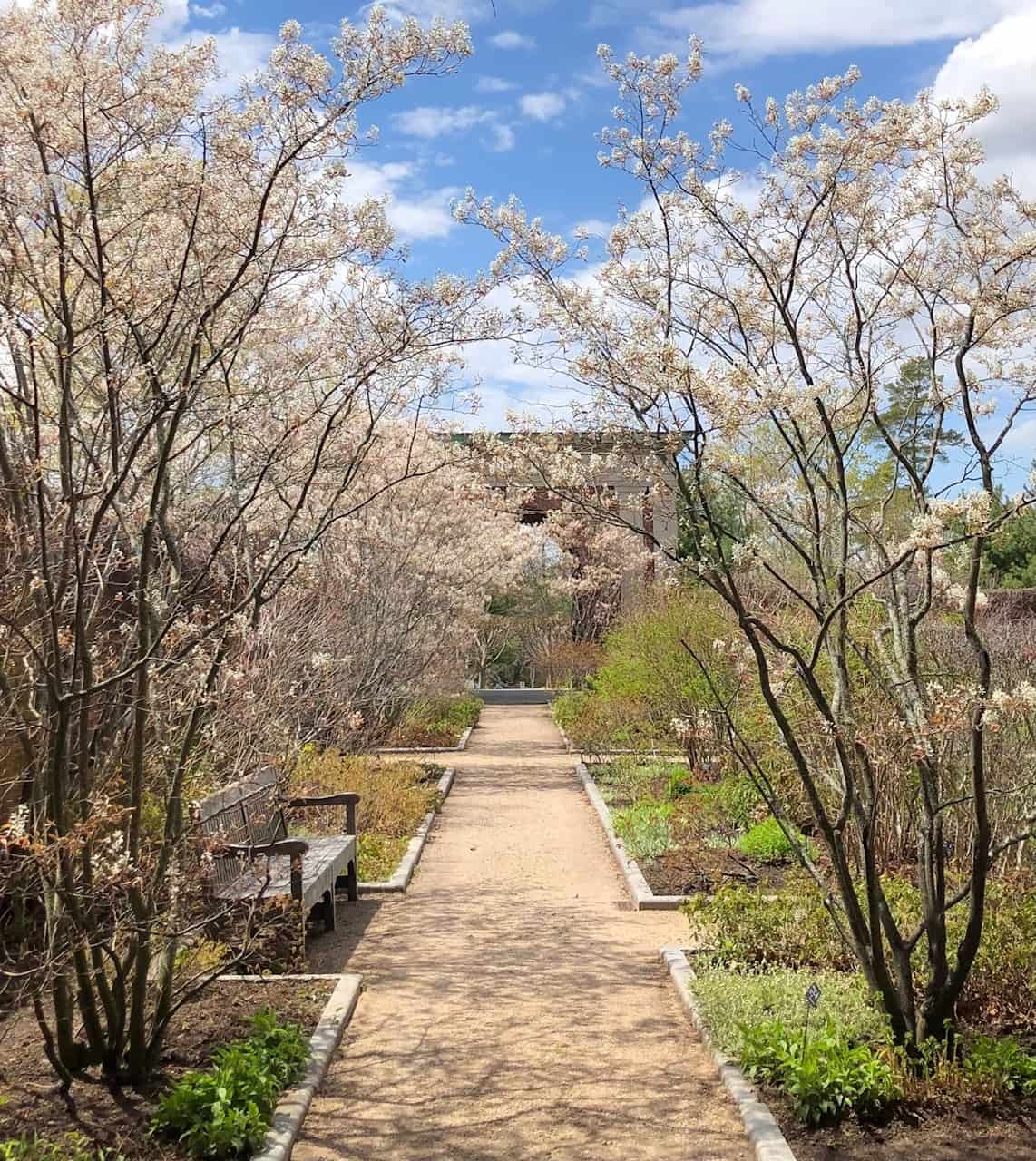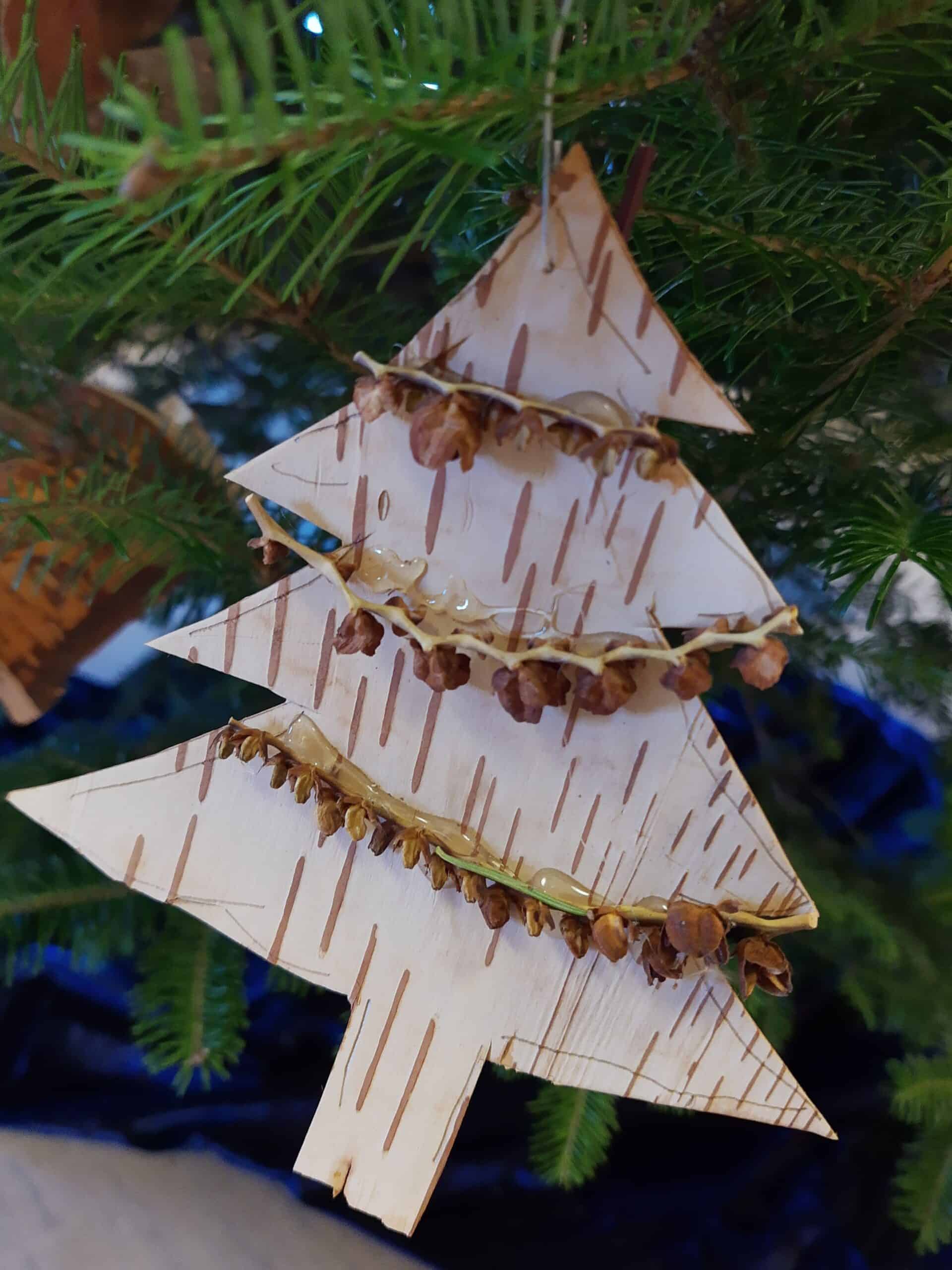And people meet people. We exchange ideas, experience community, and absorb the natural beauty that surrounds us.



 Acadia University
Acadia University

Welcome to the K.C. Irving Environmental Science Centre and
Harriet Irving Botanical Gardens

And people meet people. We exchange ideas, experience community, and absorb the natural beauty that surrounds us.
We’re inspired by knowledge – in listening to and learning from one another.

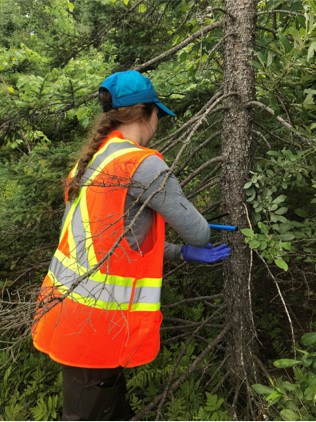
During the Nova Scotia gold rush (early 1860’s to mid-1940’s), over 300 gold mines were established across the province, including several within what is today the Halifax Regional Municipality (HRM). Many of these sites were never remediated and are often found near...
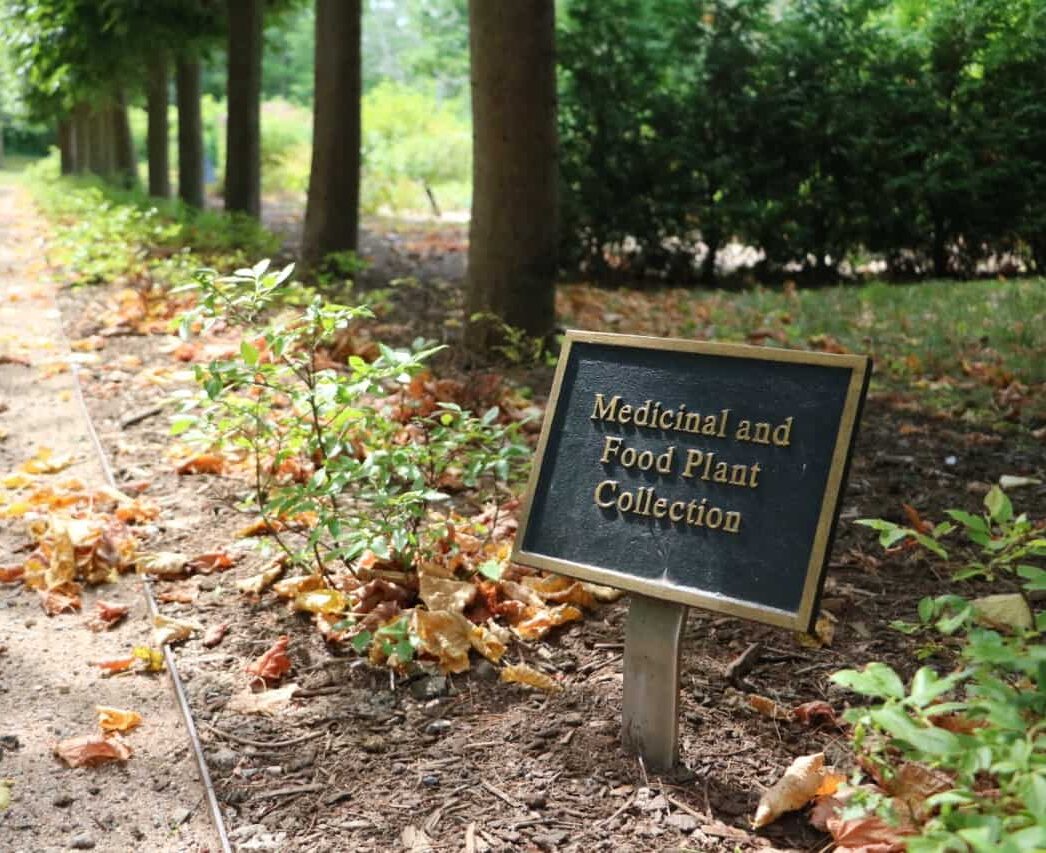
A living lab of rich history and story telling – exploring the evolving role of plants in our own evolution.
Learn More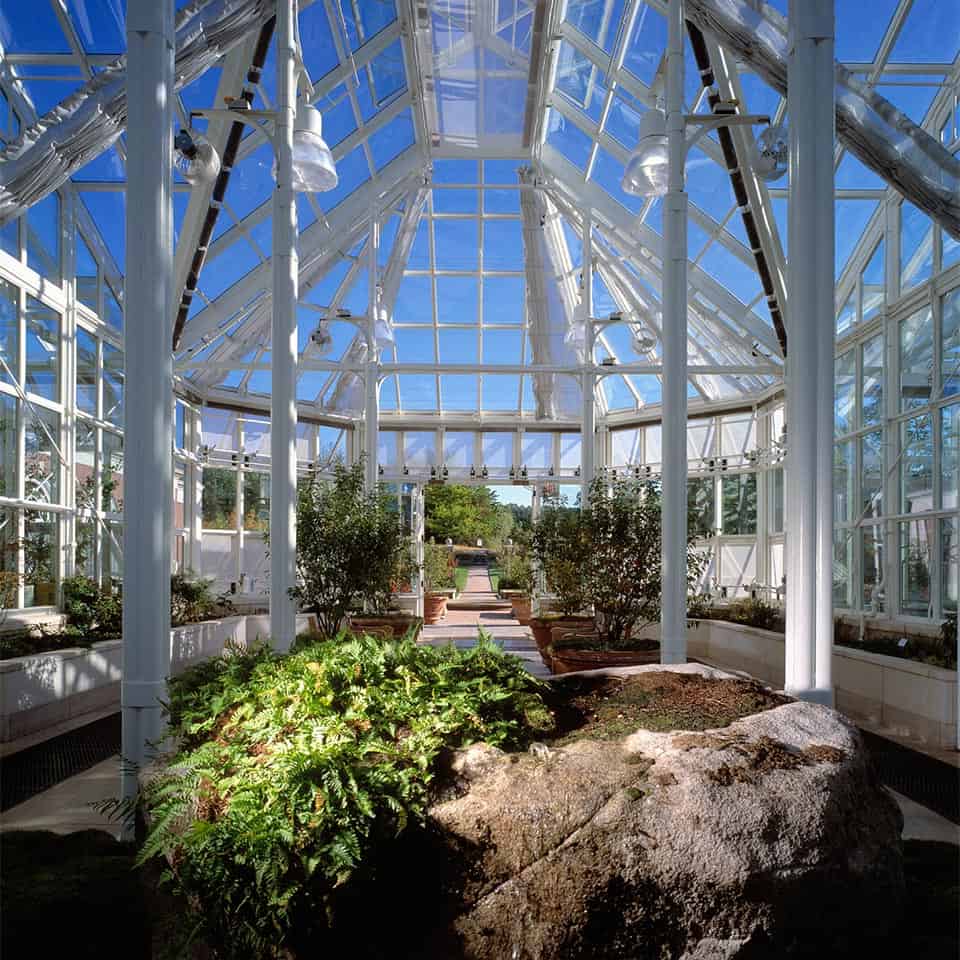
The Conservatory brings native plants of the Acadian Forest Region indoors to a single climate-controlled environment, allowing visitors to experience the Acadian Forest even when the region is blanketed in snow.
Learn MoreAs a young adult in a rapidly changing world, you feel the call to action to preserve and learn from our environment for future generations.
You also understand the effort it will take.
Acadia University has the people, passion and facilities to support you in this, your life’s work.
